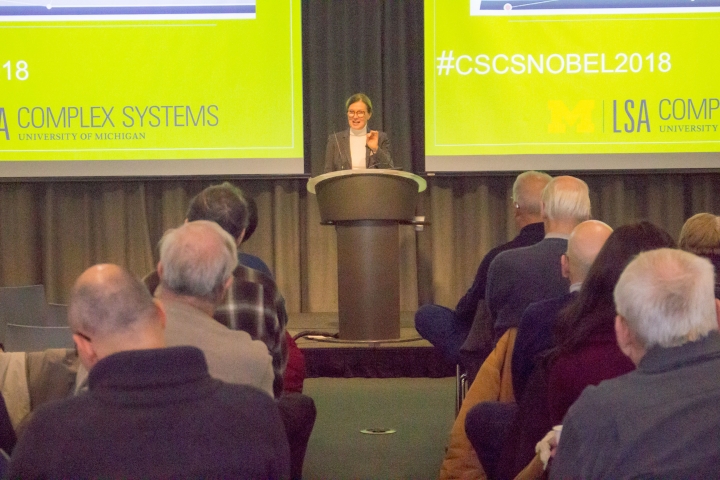Suppose we are willing to take seriously the idea that organizations possess a kind of intentionality -- beliefs, goals, and purposive actions -- and suppose that we believe that the microfoundations of these quasi-intentional states depend on the workings of individual purposive actors within specific sets of relations, incentives, and practices. How does the resulting form of "bureaucratic intelligence" compare with human thought and action?
There is a major set of differences between organizational "intelligence" and human intelligence that turn on the unity of human action compared to the fundamental disunity of organizational action. An individual human being gathers a set of beliefs about a situation, reflects on a range of possible actions, and chooses a line of action designed to bring about his/her goals. An organization is disjointed in each of these activities. The belief-setting part of an organization usually consists of multiple separate processes culminating in an amalgamated set of beliefs or representations. And this amalgamation often reflects deep differences in perspective and method across various sub-departments. (Consider inputs into an international crisis incorporating assessments from intelligence, military, and trade specialists.)
Second, individual intentionality possess a substantial degree of practical autonomy. The individual assesses and adopts the set of beliefs that seem best to him or her in current circumstances. The organization in its belief-acquisition is subject to conflicting interests, both internal and external, that bias the belief set in one direction or the other. (This is the central thrust of experts on science policy like Naomi Oreskes.) The organization is not autonomous in its belief formation processes.
Third, an individual's actions have a reasonable level of consistency and coherence over time. The individual seeks to avoid being self-defeating by doing X and Y while knowing that X undercuts Y. An organization is entirely capable of pursuing a suite of actions which embody exactly this kind of inconsistency, precisely because the actions chosen are the result of multiple disagreeing sub-agencies and officers.
Fourth, we have some reason to expect a degree of stability in the goals and values that underlie actions by an individual. But organizations, exactly because their behavior is a joint product of sub-agents with conflicting plans and goals, are entirely capable of rapid change of goals and values. Deepening this instability is the fluctuating powers and interests of external stakeholders who apply pressure for different values and goals over time.
Finally, human thinkers are potentially epistemic thinkers -- they are at least potentially capable of following disciplines of analysis, reasoning, and evidence in their practical engagement with the world. By contrast, because of the influence of interests, both internal and external, organizations are perpetually subject to the distortion of belief, intention, and implementation by actors who have an interest in the outcome of the project. And organizations have little ability to apply rational rational standards to their processes of belief, intention, and implementation formation. Organizational intentionality lacks overriding rational control.
Consider more briefly the topic of action. Human actors suffer various deficiencies of performance when it comes to purposive action, including weakness of the will and self deception. But organizations are altogether less capable of effectively mounting the steps needed to fully implement a plan or a complicated policy or action. This is because of the looseness of linkages that exist between executive and agent within an organization, the perennial possibility of principal-agent problems, and the potential interference with performance created by interested parties outside the organization.
This line of thought suggests that organizational lack "unity of apperception and intention". There are multiple levels and zones of intention formation, and much of this plurality persists throughout real processes of organizational thinking. And this disunity affects both belief, intention and action. Organizations are not univocal at any point. Belief formation, intention formation, and action remain fragmented and multivocal.
These observations are somewhat parallel to the paradoxes of social choice and various voting systems governing a social choice function. Kenneth Arrow demonstrated it is impossible to design a voting system that guarantees consistency of choice by a group of individual consistency voters. The analogy here is the idea that there is no organizational design possible that guarantees a high degree of consistency and rationality in large organizational decision processes at any stage of quasi-intentionality, including belief acquisition, policy formulation, and policy implementation.



